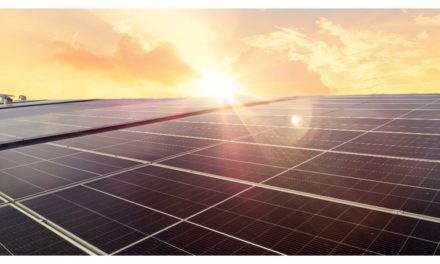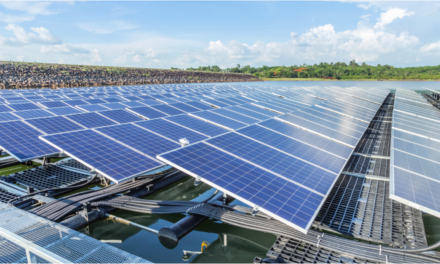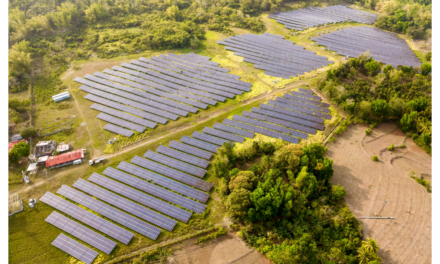- IFC and AboitizPower have signed an agreement to explore the deployment and use of renewable energy as source of base load power in the Philippines
- Hybrid solar PV and energy storage solutions will be studied, along with other technologies for the purpose
- AboitizPower said the collaboration will help it map an effective climate action roadmap for the company
The International Finance Corporation (IFC) says it will undertake a study with along with local energy company AboitizPower Corporation to displace fossil fuel-based power generation in the Philippines with a mix of renewable energy technologies as a source of base load power in the country.
Through the joint in-depth study, they plan to evaluate hybrid solar PV and energy storage solutions, among other things, while assessing the technical and economic viability of generating power from a combination of different renewable sources. It will aligned with the country’s existing and future power needs and supply-demand patterns.
“Our engagement with IFC is a significant step in mapping an effective climate action roadmap for the company. Based on the country’s natural resources, climate, and geography, we look forward to learning more about how we can generate base load power that is technically and financially feasible as well as scalable,” said AboitizPower President and CEO Emmanuel V. Rubio.
Under its 10-year growth strategy, renewable and thermal power supplier AboitizPower will invest around PHP 190 billion ($3.6 billion) to grow its clean energy capacity to 4.6 GW to account for 50% of its total generation portfolio of 9.2 GW by 2030. In February 2022, it started construction on its 2nd solar plant with 94 MW capacity in Pangasinan, with the 1st project being 59 MW in San Carlos City.
Philippines aims to grow the share of renewable energy in its total power mix to 35% by 2030 and 50% by 2040. According to the International Renewable Energy Agency (IRENA), at the end of 2020, Philippines had 6.837 GW of cumulative installed renewable energy capacity with solar PV’s share estimated to be 1.048 GW.
“Given its climate commitments, IFC is confident that renewables will offer a viable path forward for the Philippines,” added IFC Regional Vice President for Asia and the Pacific, Alfonso Garcia Mora. “Harnessing cleaner and natural resources, including solar and wind, will enable the country to diversify its energy mix and improve energy security while also tackling climate change impacts.”















